Best Solar Powered Camping Lights: Reviews and Tips
Solar powered camping lights are transforming outdoor adventures by offering an eco-friendly, cost-effective, and portable lighting solution. Harnessing the sun’s energy, these lights eliminate the need for disposable batteries, reducing environmental impact and saving money over time. Whether you’re backpacking through remote trails, car camping with family, or preparing for emergencies, solar camping lanterns provide reliable illumination without the hassle of traditional fuel-based lanterns. This guide reviews top solar camping lights, highlights key features to consider, and offers practical tips to enhance your camping experience, ensuring you stay lit while treading lightly on the planet.
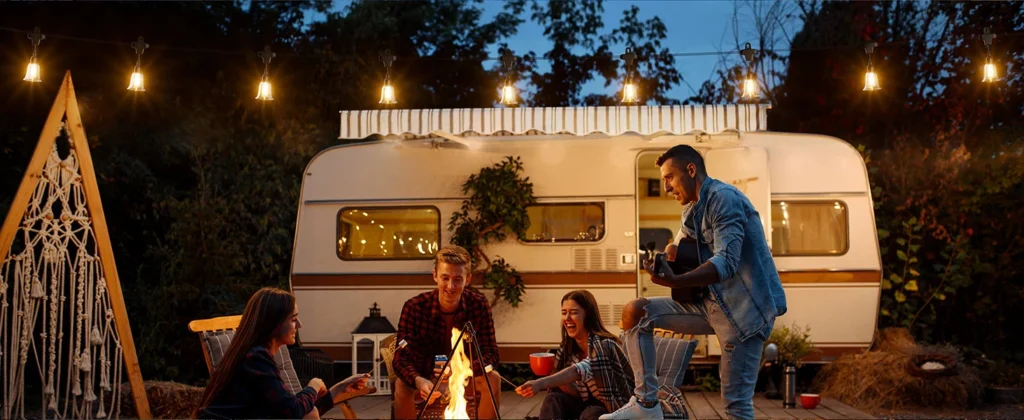
Key Features to Consider
Choosing the right solar powered camping light requires evaluating several critical features to match your camping needs:
- Brightness (Lumens): Measured in lumens, brightness determines how well a light illuminates your campsite. For tasks like cooking, opt for high lumen camping lights (200–600 lumens); for tent ambiance, 50–150 lumens suffice. Adjustable brightness settings offer versatility.
- Battery Life: Long battery life solar lights are essential for extended trips. Look for models with 1000–5000mAh batteries, providing 6–50 hours of light. Check charging times (typically 6–10 hours via solar or 2–4 hours via USB).
- Durability: Outdoor conditions demand durable solar lanterns. Seek IPX4 or higher ratings for water resistance and materials like ABS plastic or silicone to withstand drops and weather.
- Portability: For backpacking, lightweight camping lights (under 6 oz) and collapsible designs are ideal. Car campers can prioritize brighter, heavier models for campsite illumination.
- Additional Features: Features like USB charging ports, multiple light modes (e.g., SOS, red light), or power bank capabilities enhance functionality for off-grid camping.
These factors ensure your solar camping light meets the demands of your outdoor adventures.
Product Reviews
Here are detailed reviews of seven top solar powered camping lights for 2025, based on performance, user feedback, and testing from sources like Outdoor Gear Lab and REI. Each includes specifications, pros, cons, and user insights, with Bitpott’s solar string lights included as requested.
- LuminAID PackLite Titan 2-in-1
- Specifications: 300 lumens, 2000mAh battery, 100 hours (low), 12.5 oz, solar/USB charging, IPX7 waterproof.
- Pros: Bright, collapsible, doubles as a power bank, durable in wet conditions. Users praise its long battery life and versatility for backpacking and emergencies.
- Cons: Phone charging drains battery quickly; slightly bulky for ultralight backpacking.
- User Feedback: Campers love its 300-lumen brightness for campsite illumination and collapsible design, though some note slower solar charging in cloudy conditions.
- Goal Zero Lighthouse 600
- Specifications: 600 lumens, 5200mAh battery, 180 hours (low), 1 lb 1.6 oz, USB/solar/hand-crank charging, IPX4 water-resistant.
- Pros: Extremely bright, adjustable directional lighting, hand-crank feature for emergencies. Ideal for car camping lights.
- Cons: Too heavy for backpacking; solar panel sold separately.
- User Feedback: Testers highlight its reliability during power outages and high lumen output, but some wish for a built-in solar panel.
- MPOWERD Luci Pro Outdoor 2.0
- Specifications: 150 lumens, 2000mAh battery, 24 hours (low), 4.4 oz, solar/USB charging, IPX7 waterproof.
- Pros: Lightweight, collapsible, fast solar charging, power bank feature. Perfect for backpacking lanterns.
- Cons: Less bright for large campsites; limited phone charging capacity.
- User Feedback: Users appreciate its portable solar light design and warm light for tents, though some desire higher lumens.
- BioLite AlpenGlow 500
- Specifications: 500 lumens, 6400mAh battery, 200 hours (low), 13.4 oz, USB charging (no solar panel), IPX4 water-resistant.
- Pros: Multicolor modes, dimmable, power bank functionality. Great for campsite ambiance.
- Cons: No built-in solar panel; heavier than collapsible models.
- User Feedback: Campers love its vibrant colors and long battery life, but some prefer solar-powered options for off-grid use.
- Goal Zero Crush Light
- Specifications: 60 lumens, 500mAh battery, 35 hours (low), 3.2 oz, solar/USB charging, IPX4 water-resistant.
- Pros: Ultralight, collapsible, warm candle-like glow. Ideal for lightweight camping lights.
- Cons: Low brightness; not suitable for large areas.
- User Feedback: Backpackers value its compact design and eco-friendly solar lights feature, but some find it underpowered for cooking.
- Bitpott Solar String Lights
- Specifications: 140 lumens, 2000mAh battery, 8 hours (high), 1 lb, solar/USB charging, IP65 weather-resistant.
- Pros: 44-foot cord with 40 light nodes creates excellent campsite ambiance. Compact storage case, phone charging capability.
- Cons: Limited battery life at full brightness; phone charging limited to 50%.
- User Feedback: Users enjoy the warm glow and easy setup for car camping lights, but some note the battery drains quickly when charging devices.
- Helius Ah07 Solar Charging String Light
- Specifications: 200 lumens, 1500mAh battery, 12 hours (low), 10 oz, solar/USB/Type-C charging, IP66 waterproof.
- Pros: Multiple brightness settings, durable, versatile charging options.
- Cons: Requires direct sunlight for efficient charging; string lights less practical for tent use.
- User Feedback: Campers appreciate its durable solar lanterns and flexibility, though some mention setup challenges in windy conditions.
Usage Tips for Solar Camping Lights
Maximize your solar powered camping lights with these practical tips:
- Optimize Charging: Place the solar panel in direct sunlight for 6–10 hours daily. Angle it toward the sun (use built-in sundials if available) and clean it to remove dust for efficient solar charging. For USB models, pre-charge before trips.
- Strategic Placement: Hang solar camping lanterns from trees or tent loops for 360-degree illumination. Use string lights like Bitpott’s to encircle campsites for ambiance. Avoid shading the solar panel during the day.
- Maintenance: Store lights in a dry, cool place to prevent battery degradation. Check for corrosion in USB ports and clean panels regularly to maintain long battery life. For waterproof solar lights, ensure seals are intact.
- Power Management: Use low or medium settings to extend battery runtime. Reserve high settings for tasks like cooking. If using as a power bank, prioritize light over device charging to avoid draining the battery.
- Backup Options: Carry a portable power bank or extra batteries for non-solar models like BioLite AlpenGlow. For off-grid camping, pair with a solar panel like the Jackery SolarSaga 100 for extended power.
These practices ensure your solar camping lights perform reliably throughout your trip.
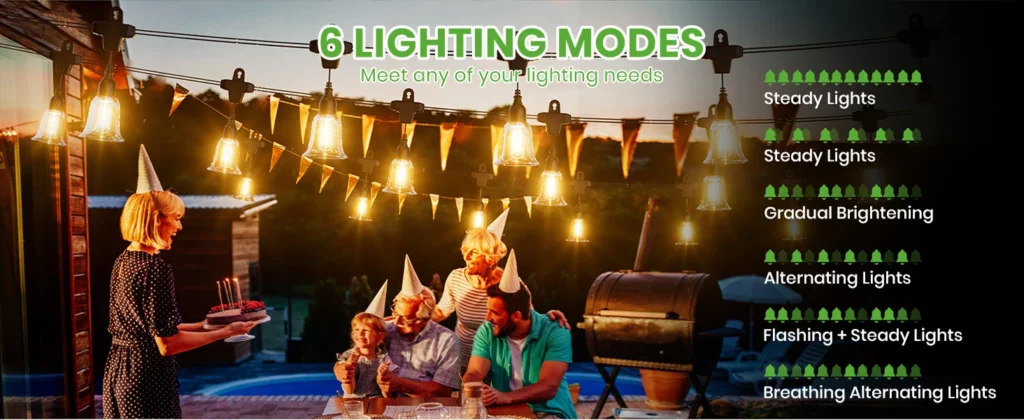
Types of Solar Camping Lights: A Comparison
Different types of solar powered camping lights suit various camping scenarios:
- Lanterns: Models like LuminAID PackLite Titan and Goal Zero Lighthouse 600 offer 360-degree illumination, ideal for tents and picnic tables. They’re versatile but may be bulkier. Best for car camping or group settings.
- String Lights: Bitpott and Helius Ah07 string lights create campsite ambiance by spreading light over large areas. They’re less bright (60–200 lumens) but perfect for decorative lighting. Best for car camping or backyard use.
- Spotlights/Flashlights: Products like Goal Zero Lighthouse Micro combine lantern and flashlight functions, offering focused beams for tasks or navigation. They’re compact but less effective for broad illumination. Best for backpacking.
Comparison: Lanterns excel in brightness and versatility, string lights prioritize ambiance and coverage, and spotlights are compact for lightweight camping. Choose based on whether you need task lighting, mood setting, or portability.
Frequently Asked Questions (FAQs)
Here are answers to common questions about solar camping lights:
- Which solar camping light is the brightest?
The Goal Zero Lighthouse 600, with 600 lumens, is among the brightest, ideal for illuminating large campsites or during emergencies. - How long do solar camping light batteries last on a full charge?
Battery life varies: long battery life solar lights like LuminAID PackLite Titan last up to 100 hours on low, while Bitpott string lights last 8 hours on high. Check specs for exact runtimes. - Can solar camping lights charge devices?
Yes, models like LuminAID PackLite Titan and Bitpott string lights double as power banks, but their small batteries (1000–2000mAh) offer limited charging (e.g., 50% phone charge). Use a dedicated power bank for heavy charging needs. - Are solar camping lights waterproof?
Most, like MPOWERD Luci Pro (IPX7) and Helius Ah07 (IP66), are waterproof solar lights, suitable for rain or water activities. Check IPX ratings before purchase. - How long does it take to charge a solar camping light?
Solar charging takes 6–10 hours in direct sunlight, while USB charging takes 1–4 hours, depending on the model (e.g., BioLite AlpenGlow takes 3 hours via USB).
Conclusion
Solar powered camping lights offer an eco-friendly, versatile solution for illuminating your outdoor adventures. The Goal Zero Lighthouse 600 shines for car camping lights with its 600-lumen output, while the LuminAID PackLite Titan and MPOWERD Luci Pro are top picks for backpacking lanterns due to their lightweight, collapsible designs. Bitpott’s solar string lights excel in creating campsite ambiance for relaxed evenings. For backpacking, prioritize lightweight camping lights like Goal Zero Crush Light; for car camping, opt for brighter, heavier models like BioLite AlpenGlow 500. By considering brightness in lumens, battery runtime, durability, and portability, and following our usage tips, you can choose the perfect solar camping light to enhance your next trip while staying sustainable.


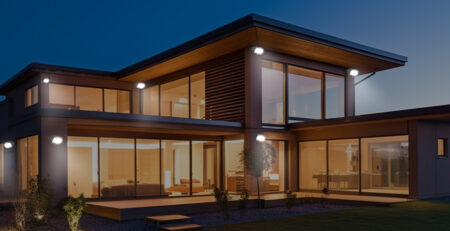
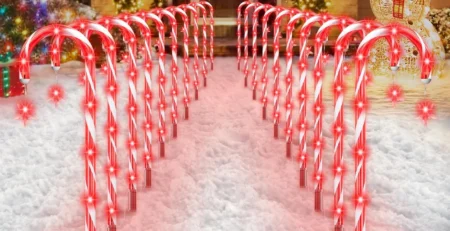
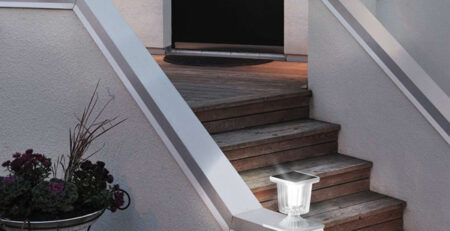

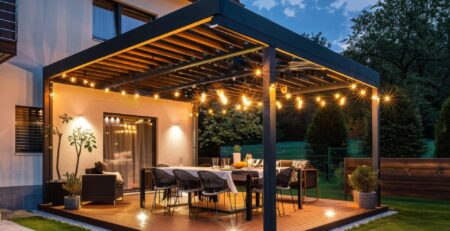
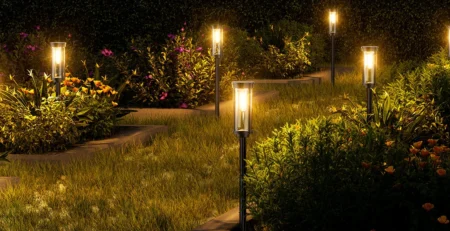

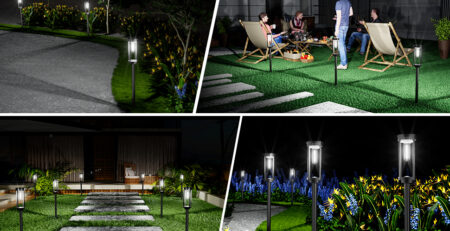
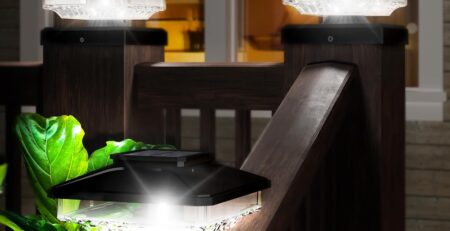
Leave a Reply